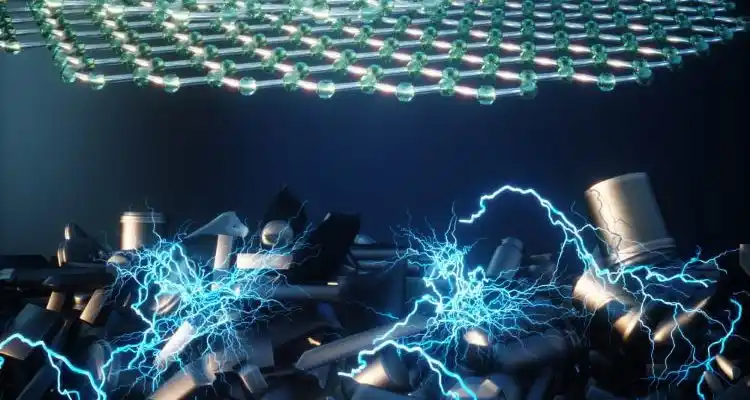افشین رشید
اُستادیار ؛ عضو هیات علمی دانشگاه آزاد اسلامی واحد علوم و تحقیقات تهران
618 یادداشت منتشر شدهElectrical Properties of Nano Materials (Electrical Properties)

Note: Nanomaterials can be defined as materials that have at least one external dimension with a size of 1 to 100 nm. And the particle size of at least half of the particles in the number size distribution must be 100 nm or less. Nanomaterials can occur naturally, be created as byproducts of combustion reactions, or be purposefully produced through engineering to perform a specific function. These materials can have different physical and chemical properties from their original bulk samples.
Nanomaterials are used to bend in a composite manner in response to the application of electrical voltage. The use of nanomaterials is widespread in a wide range of industries and consumer products . In nanoscience, the structure of materials determines the relationship between atoms, ions and molecules that make up those materials. To understand the structure of materials, one must first understand the type of connections between atoms and ions . Chemical bonds determine how atoms and ions are connected. Therefore, the difference of different types of connections can be seen in the characteristics of these links. For example, in table salt, due to the presence of ionic bonds that lead to the confinement of electrons, ( conductivity property) is not observed, because the electrons, which carry and transfer electric charge, cannot move due to confinement and have nothing to transfer the charge. There will be no electricity among matter. On the other hand, in metals, such as copper, due to the presence of a metallic bond that frees electrons and enables the mobility of electrons, one can expect conductivity properties. Because free electrons enable the transfer of electric charge along the material. Knowing the type of atomic bonds can help to understand the behavior and properties of materials.

If we shrink a substance, the properties of that substance become smaller and micrometer, for example, the size of a grain of sand is almost the same as the initial mass, but when that substance reaches much smaller dimensions and nanometer dimensions. , the properties of matter change in such a way that the usual and classical laws of physics are no longer able to explain it. That material, for example, gold in nanometer dimensions, may have very different properties, for example, electrical, optical or mechanical properties compared to its bulk size.
Conclusion:
Nanomaterials are used to bend in a composite manner in response to the application of electrical voltage. The use of nano materials is widespread in a wide range of industries and consumer products . In nanoscience, the structure of materials determines the relationship between atoms, ions and molecules that make up those materials.